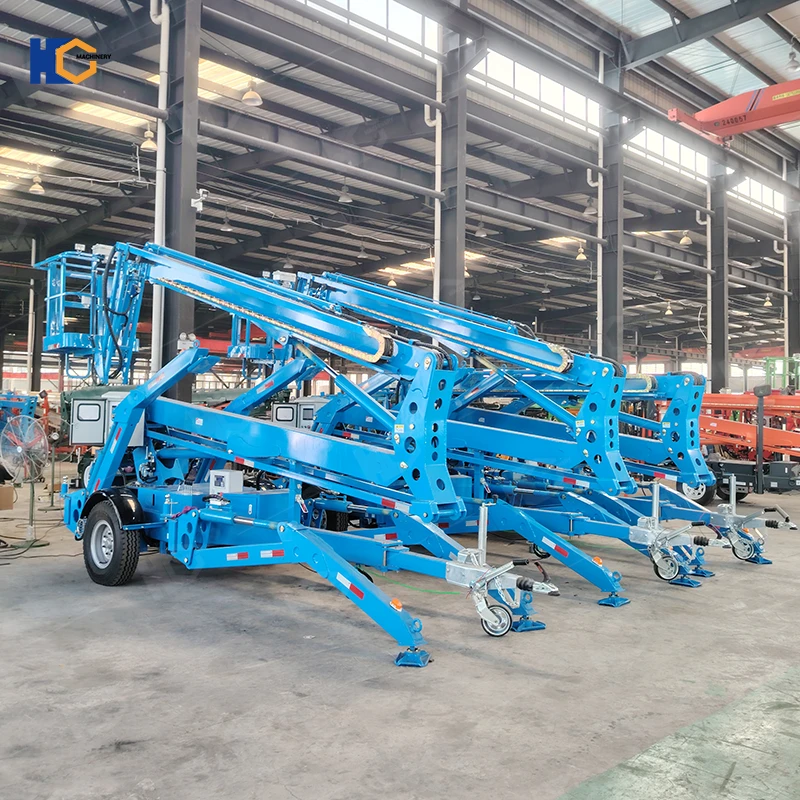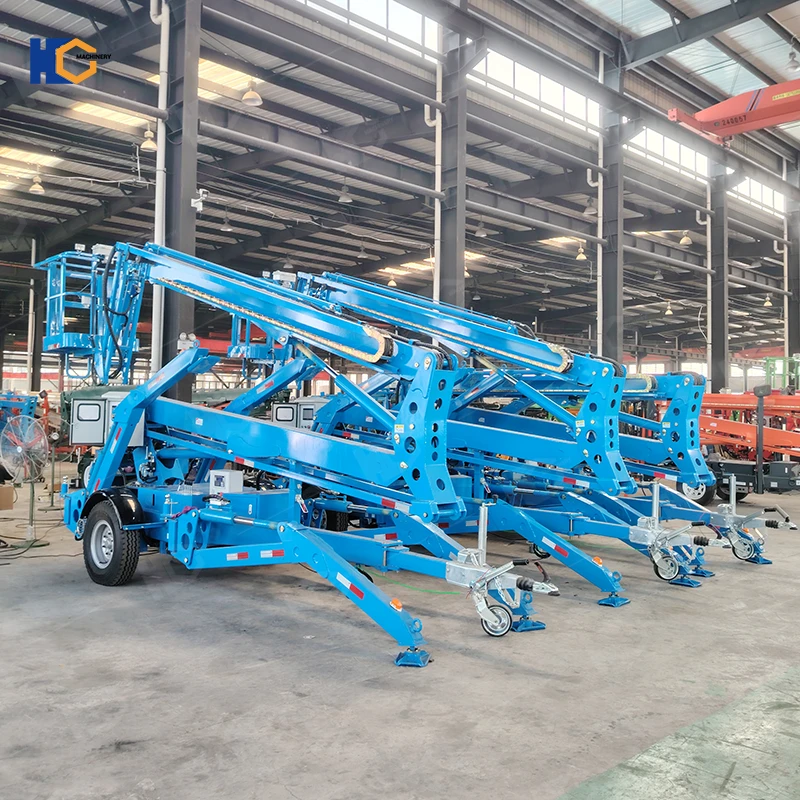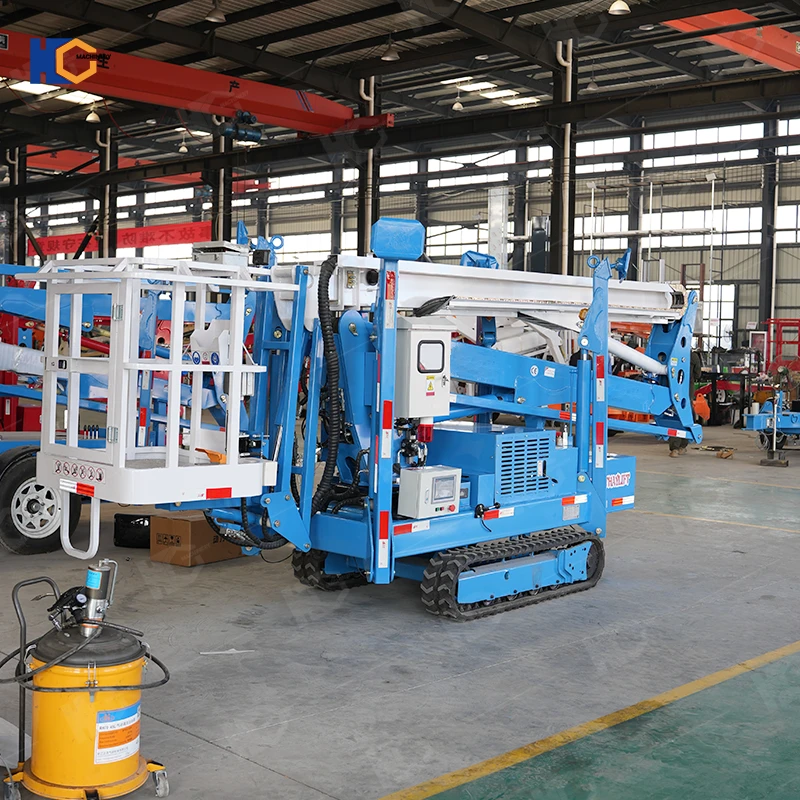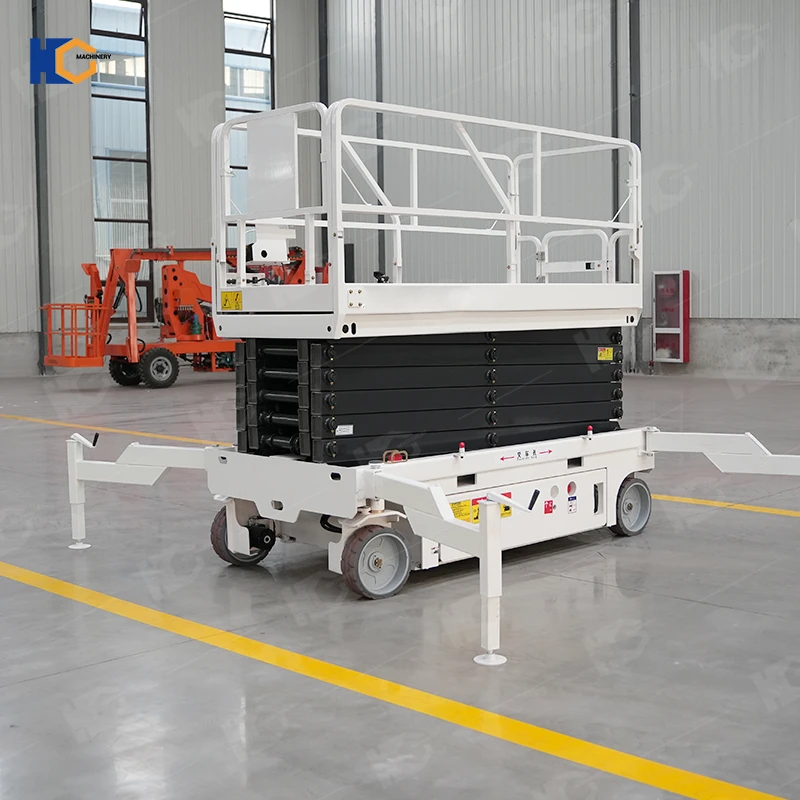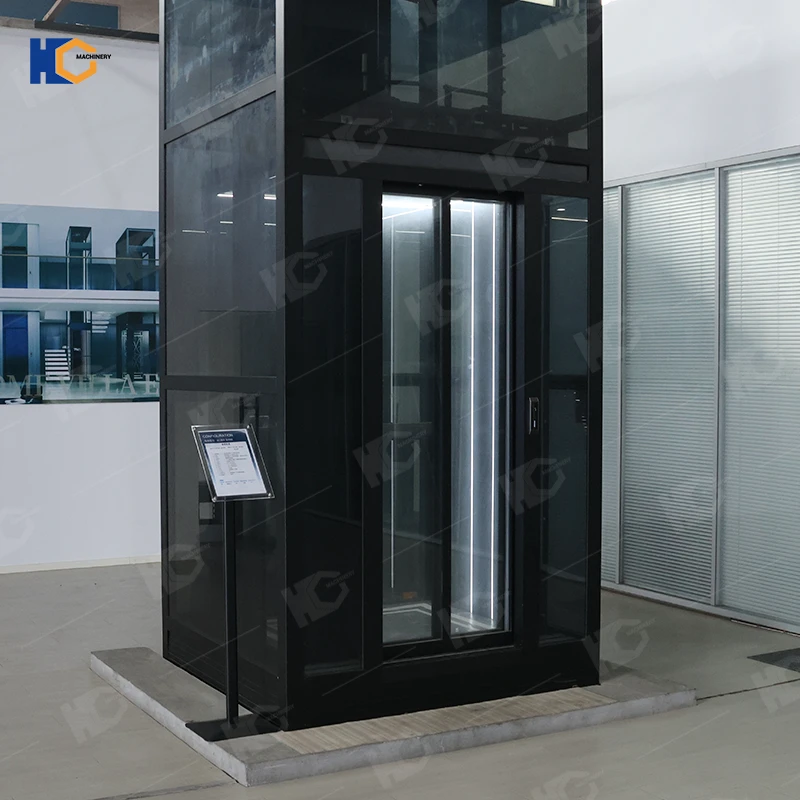![]() Towable boom lift VS self propelled boom lift.pdf
Towable boom lift VS self propelled boom lift.pdf
Hydraulic 45ft articulating boom lifts are versatile and powerful machines commonly used in construction, maintenance, and other industrial applications. These boom lifts are designed to provide operators with the ability to reach high and difficult-to-access areas with ease and safety. There are several models of hydraulic 45ft articulating boom lifts available on the market, each with its own unique features and specifications. In this article, we will explore some of the popular models of hydraulic 45ft articulating boom lifts and discuss their differences to help you make an informed decision when choosing the right boom lift for your specific needs.

Boom lifts are essential equipment for construction, maintenance, tree care, and many other industries where workers need safe access to elevated areas. However, choosing the right boom lift can be challenging, especially when deciding between a towable boom lift and a self-propelled boom lift.
Both options allow operators to work at height, but they differ in design, mobility, cost, and application suitability. In this article, we’ll break down the key differences, pros and cons, and guide you on how to choose the right boom lift for your needs.
What Is a Towable Boom Lift?
A towable boom lift, also called a trailer-mounted boom lift, is an aerial work platform attached to a trailer hitch and pulled by a vehicle. Once transported to the job site, it stabilizes using outriggers and provides vertical and horizontal reach for workers.
Key Features
Transportable: Can be towed by a standard pickup truck.
Outriggers: Provide stability during operation.
Lightweight: Typically weighs less than self-propelled lifts, reducing ground pressure.
Working Height: Commonly ranges from 30 ft (9 m) to 60 ft (18 m).
What Is a Self-Propelled Boom Lift?
A self-propelled boom lift has a built-in power system (diesel, electric, or hybrid) and can move independently around the job site. Unlike towable lifts, it doesn’t require a separate vehicle for transport within the work area.
Key Features
Drivable at Height: Operators can move the lift while elevated.
Stronger Structure: Heavier and more robust than towable lifts.
Working Height: Commonly ranges from 30 ft (9 m) to over 150 ft (45 m).
Power Options: Diesel for outdoor rough terrain, electric for indoor use.
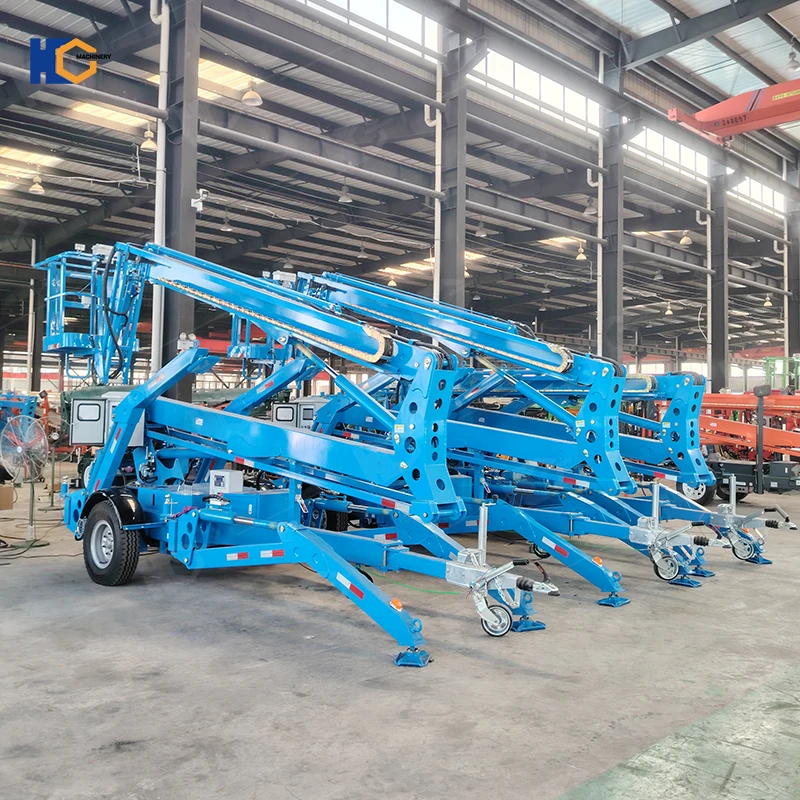
Towable vs. Self-Propelled Boom Lifts: Key Differences
| Factor | Towable Boom Lift | Self-Propelled Boom Lift |
|---|---|---|
| Mobility | Must be towed; not drivable on site | Can drive independently on site |
| Setup Time | Requires stabilizing with outriggers | Faster deployment, less setup |
| Weight | Lighter, easier to transport | Heavier, requires flatbed transport |
| Reach | Limited to ~60 ft (18 m) | Up to 150 ft (45 m) |
| Cost | $10,000–$25,000 (purchase) | $30,000–$80,000+ (purchase) |
| Rental Rate | $200–$400/day | $400–$800/day |
| Applications | Home maintenance, tree trimming, light construction | Large construction, industrial projects, infrastructure |
| Learning Curve | Easier for beginners | Requires more training |
Pros and Cons
Towable Boom Lifts
Pros
Affordable purchase and rental cost.
Easy to transport with a pickup truck.
Lightweight, suitable for driveways and lawns.
Simple operation, great for part-time use.
Cons
Limited working height and horizontal reach.
Slower setup due to outriggers.
Cannot move while elevated.
Self-Propelled Boom Lifts
Pros
High working heights (up to 150 ft).
Can drive while elevated, improving efficiency.
Available in rough terrain models.
More stable and durable for long-term projects.
Cons
Expensive to buy or rent.
Heavy weight may damage delicate ground surfaces.
Requires flatbed truck for transport.
Steeper learning curve.
Which One Should You Choose?
Your choice depends on your budget, job requirements, and mobility needs.
Choose a Towable Boom Lift if:
You are a small contractor, landscaper, or homeowner.
Your projects require heights under 60 ft.
You value portability and lower costs.
You occasionally need a lift but don’t use it daily.
Choose a Self-Propelled Boom Lift if:
You are a construction or industrial company.
You need to reach higher than 60 ft.
You work on large job sites where moving the lift is frequent.
You require maximum efficiency and productivity.
Cost Considerations
Purchase Price:
Towable boom lift: $10,000–$25,000
Self-propelled boom lift: $30,000–$80,000+
Rental Cost (per day):
Towable: $200–$400
Self-propelled: $400–$800
Maintenance:
Towable lifts have simpler mechanics, lower maintenance.
Self-propelled lifts require regular servicing (engine, hydraulics, drive system).
Practical Buying/Renting Advice
Evaluate Frequency of Use: If you need a lift only a few times a year, renting a towable lift is most cost-effective.
Consider Transportation: Do you have a pickup truck? Then a towable lift is convenient. If not, factor in delivery costs for self-propelled lifts.
Match Height Needs: Towable lifts max out around 60 ft. If you need more, self-propelled is your only option.
Think About Terrain: Rough or uneven ground favors a self-propelled diesel model with 4x4 drive.
Budget Realistically: Consider not only purchase/rental price but also training, fuel, and maintenance costs.
Conclusion
Both towable boom lifts and self-propelled boom lifts play important roles in aerial work.
A towable boom lift is perfect for smaller projects, homeowners, and budget-conscious contractors needing flexibility.
A self-propelled boom lift is the best option for large-scale, professional construction or industrial projects where time and efficiency are critical.
Ultimately, the “better” option depends on your specific needs—there is no one-size-fits-all. Evaluate your height requirements, job site conditions, and budget before making a decision.
Your Best Choice - JNHCLIFT
At JNHCLIFT, we understand that choosing between a Towable Boom Lift and a Self-Propelled Boom Lift can be challenging. Both types of lifts have unique advantages tailored to different needs and projects. Towable Boom Lifts offer cost-effective, portable solutions perfect for occasional use and smaller projects, while Self-Propelled Boom Lifts provide superior efficiency, reach, and mobility for larger, more demanding tasks.
If you're unsure which type of boom lift is best suited for your specific requirements, our expert team is here to help. We are dedicated to providing personalized guidance to ensure you make the right choice. Our experienced professionals will assess your project needs, budget, and operational environment to recommend the most suitable option.
We pride ourselves on delivering exceptional customer service and expert advice, helping you find the perfect solution for your aerial work platform needs. Whether you require a lift for construction, maintenance, industrial, or residential use, we are committed to ensuring your satisfaction and project success.
Don't hesitate to reach out to us for assistance. Contact our expert team today, and let us provide you with the optimal recommendation to meet your needs efficiently and effectively. At JNHCLIFT, your success is our priority.
